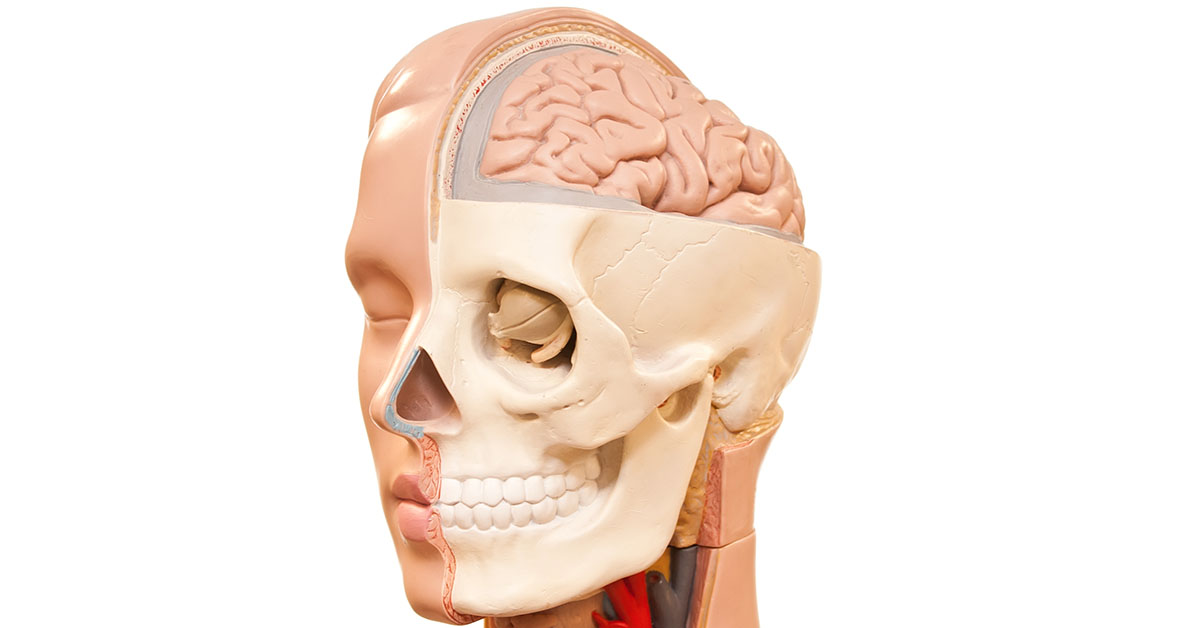Craniotomy: removal of part of skull allowing surgeon to operate on brain and/or remove tumors, blood clots, etc.
Craniotomy

What is a Craniotomy?
A craniotomy is a surgical procedure that involves removal of a portion of the skull to access the tissues of the brain. This surgery is performed by a neurosurgeon while the patient is under anesthesia. A craniotomy can be performed on any part of the skull, depending on the location of the brain that needs to be accessed. The portion of the skull that is cut out is called a bone flap. When the bone flap is removed from the lower back part of the skull, called the suboccipital region, the surgery is known as a suboccipital craniotomy.
Who needs a Craniotomy?
A craniotomy may be needed by patients suffering from a variety of conditions within their skull including:
- Arteriovenous malformations: Arteriovenous malformations, or AVMs, are a tangle of blood vessels that disrupt the normal flow of blood. A craniotomy is required if an AVM needs to be removed surgically.
- Aneurysms: An aneurysm is a weak area in a blood vessel that causes bulging or ballooning of that vessel. A craniotomy is required if an aneurysm needs to be removed.
- Abscesses: A craniotomy will be needed for the removal or drainage of an abscess in the skull.
- Blood clots or Pressure: A craniotomy is required for the removal of blood clots in the brain, like those that form after a traumatic brain injury. It is also used to remove anything exerting excess pressure on the brain.
- Tumors: A craniotomy would be performed on individuals with brain tumors that required a biopsy, treatment, or removal.
How is a Craniotomy performed?
The following outlines the steps involved in performing a craniotomy:
Before the Procedure
The patient lies on an operating table and is given general anesthesia. Their head is placed in a skull fixation device that keeps their head in a fixed position during the procedure.
Initial Incision
Some hair may be shaved to clear the incision area. The surgeon makes an incision in the skin. Next, the skin and surrounding muscles are moved aside.
Exposing the Dura
The surgeon makes one or two small holes in the exposed part of the skull. With the help of a special saw, the bone is cut and the bone flap is lifted. The lifting of the bone flap exposes the dura, a covering that protects the brain tissues.
Cutting the Dura
The dura is cut in order to expose the brain tissues. The surgeon repairs or removes the affected tissue.
Ending the Procedure
Once the affected area is repaired or removed, the surgeon closes the dura and places the bone flap back in its original position. Tiny plates and screws are used to secure the bone flap and keep it in place. Finally, the skin is restored to its original position and sutured.
What Happens After a Craniotomy is Performed?
After surgery, the patient is moved to an intensive care unit, or ICU, for close monitoring of their vital signs. They may stay on ventilation and use a breathing tube for some time.
The patient will be asked to move their arms, legs, fingers and toes regularly. If not on a breathing tube, the patient will be asked to perform breathing exercises.
After the procedure, the patients may have a headache or feel nauseated. The patient will remain in the hospital for a period time. The duration of the postoperative stay can vary from a few days to a few weeks, depending on the reason for the craniotomy.
